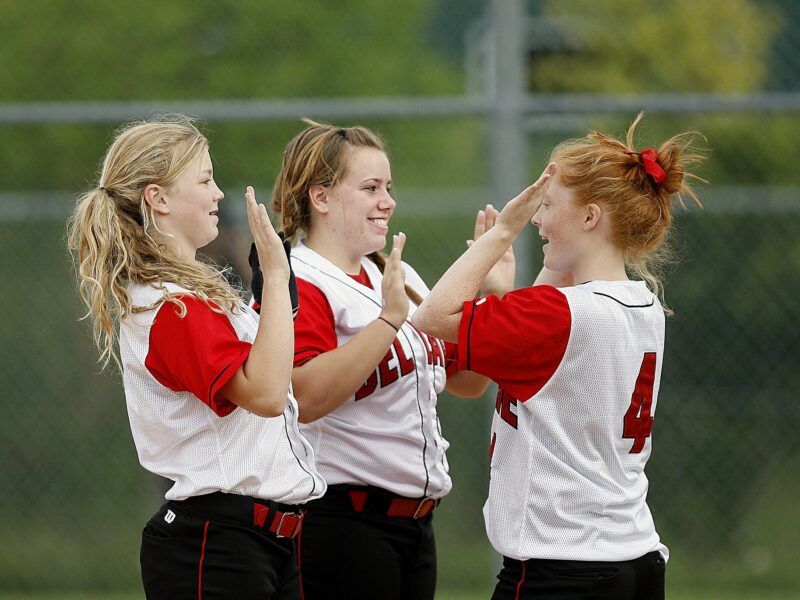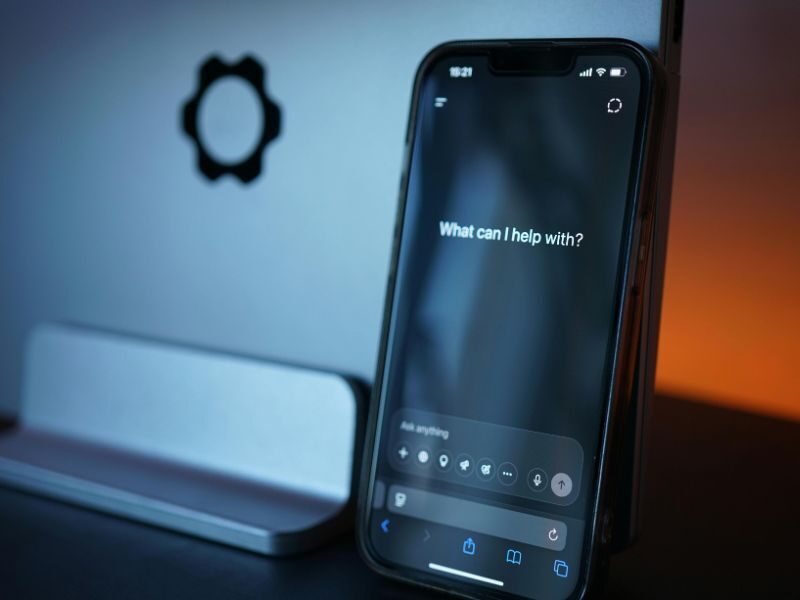Supporting your Teen to Make Active Choices


Exercising and staying active are vital to mental health. However, the step between knowing what will help you and actually making the change can be a hard one to make, especially for youth or for parents trying to support their teenagers without being met with resistance. The Child and Parent Resource Institute offers several tips for how to go about helping your teen be more active.
Exercise is a great way to stay in shape, build strength, manage your weight and have more energy. It has also been proven to help improve sleep, increase focus, elevate mood and relieve anxiety.
There are three main types of physical activity. These include endurance activities that boost cardio such as jogging or biking, flexibility activities like dancing or gymnastics, and strength activities which can include lifting weights or even playing on playground equipment or raking leaves.
Ideally, your teen should be getting at least one hour of physical activity from one or more of these three categories per day. Being active doesn’t have to be boring, a chore, or something they dread. Talk to them about what kinds of activities they enjoy doing and see if they would be interested in signing up for a local class or sports team in that area.
Make the time to be active yourself. When someone sees a parent exercising and enjoying it, they will be more likely to join in. Schedule in some fun time as part of a family routine. Go for a walk, go bowling, go to the tennis courts together or go sledding or skating in the winter. Oftentimes when having fun doing an activity, it doesn’t feel like exercise.
Give them a step counter or a journal to track their progress. Start small and build on strengths and skills, maybe even together as a team. Explain how activities can help them in other areas of their life, like staying focused, making new friends and sleeping better. To start, you can even try offering up a compromise, such as “If you play outside for an hour, you can play an hour of video games.” Once the habit is formed, it becomes easier to continue and even more enjoyable!
Obviously, there are obstacles that may be in the way for your youth to be able to work out with ease. They may have health conditions or physical challenges. They may have social anxiety and fear of joining team sports, or may not have any interest in any kinds of exercise.
Talk to their doctor about medication side effects, or creative ideas for activities that are safe for your teen. Something repetitive such as walking on a treadmill or swimming may be relaxing without taking a physical toll. Offer individual sports options such as dancing, skating or bike riding where they don’t have to interact with others before they are comfortable doing so.
Physical activity is as unique as your youth. If you’re creative and work together, you can find the right fit that they will both enjoy, and see the physical, mental and emotional benefits from.
For more information, you can visit:
https://kidshealth.org/en/teens/food-fitness/
https://kidshealth.org/en/kids/stay-healthy/
https://www.regionofwaterloo.ca/en/health-and-wellness/physical-activity-and-teens.aspx
Instagram Feed
"I taught students with special needs for a third of my career. Back then we didn't have the resources to support them. I wanted to change that. Giving back to my community through Lutherwood has been fulfilling and it has given me purpose."












